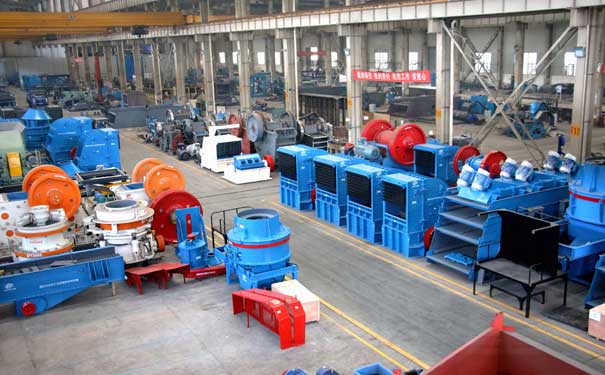Continuous conveying machine refers to the machinery that conveys the bulk materials or finished products along the specified path.
According the classification of traction components, it can be classified into flexibility traction components (belt, chain) and non flexibility traction components. The former is to place the goods on the traction component or load carrier, utilizing the continuous movement of traction component to convey the goods along the certain direction, like ribbon conveyor, plate conveyor, embedded scraper transporter, bucket elevator, cradle conveyor, aerial cableway, escalator, and moving walk, etc. The latter is to utilize the rotation of working component or the reciprocating motion to convey goods, like spiral conveyor, vibrating conveyor, wheel conveyor, and so on. In addition, there also exists fluid transporter that transport goods in the pipe by use of hydrodynamic force, like pneumatic conveyor, hydraulic transporter.
Continuous conveying machine is mostly used to transport goods in vertical and horizontal direction. Vertical transport normally adopts bucket elevator, cradle conveyor, ribbon conveyor and fluid transporter.
Continuous conveying machinery can load and unload goods, the conveying speed is high, the production capacity is large, the structure is simple, and being used widely. But this kind of machinery has bad universality, each model can only transport a certain type of goods.

